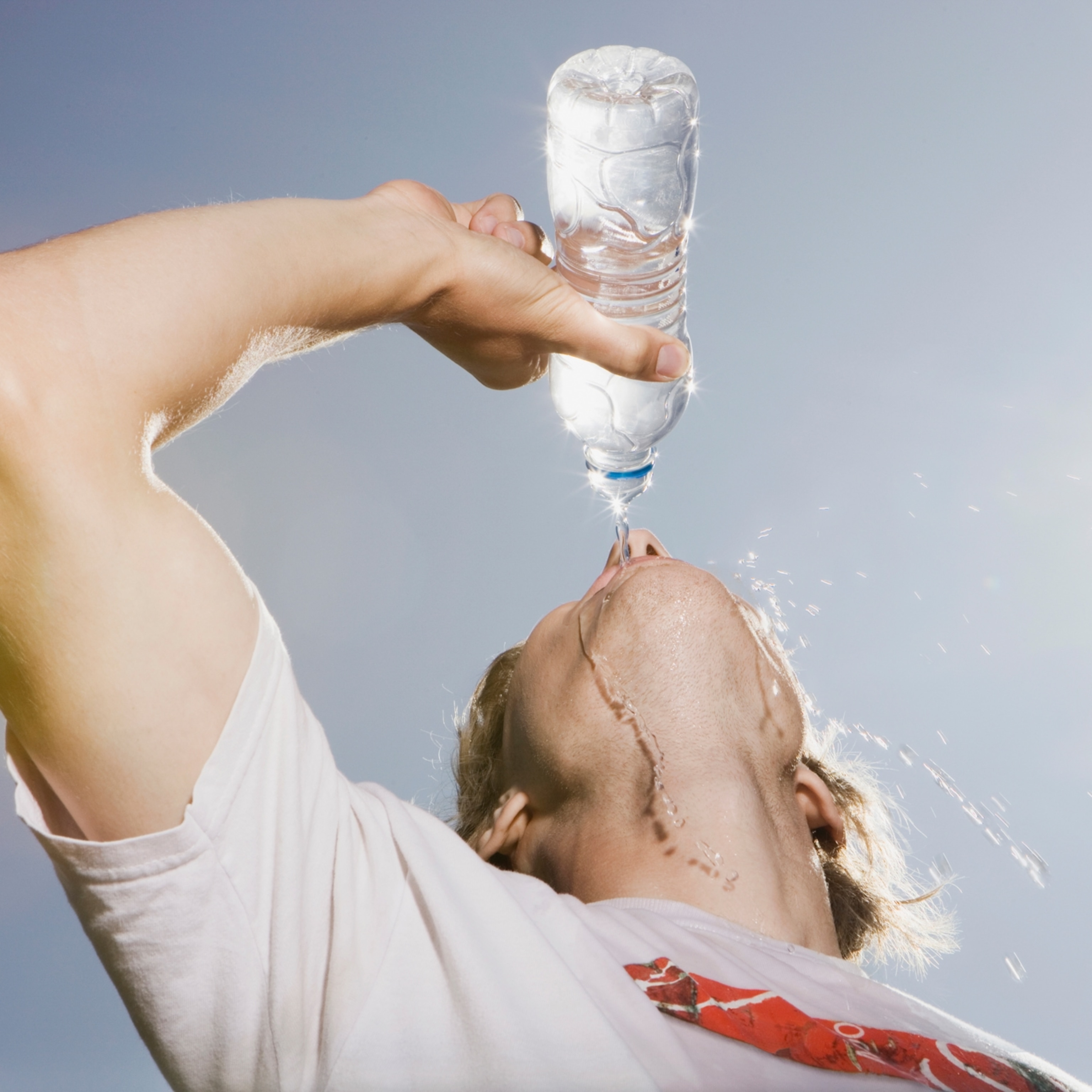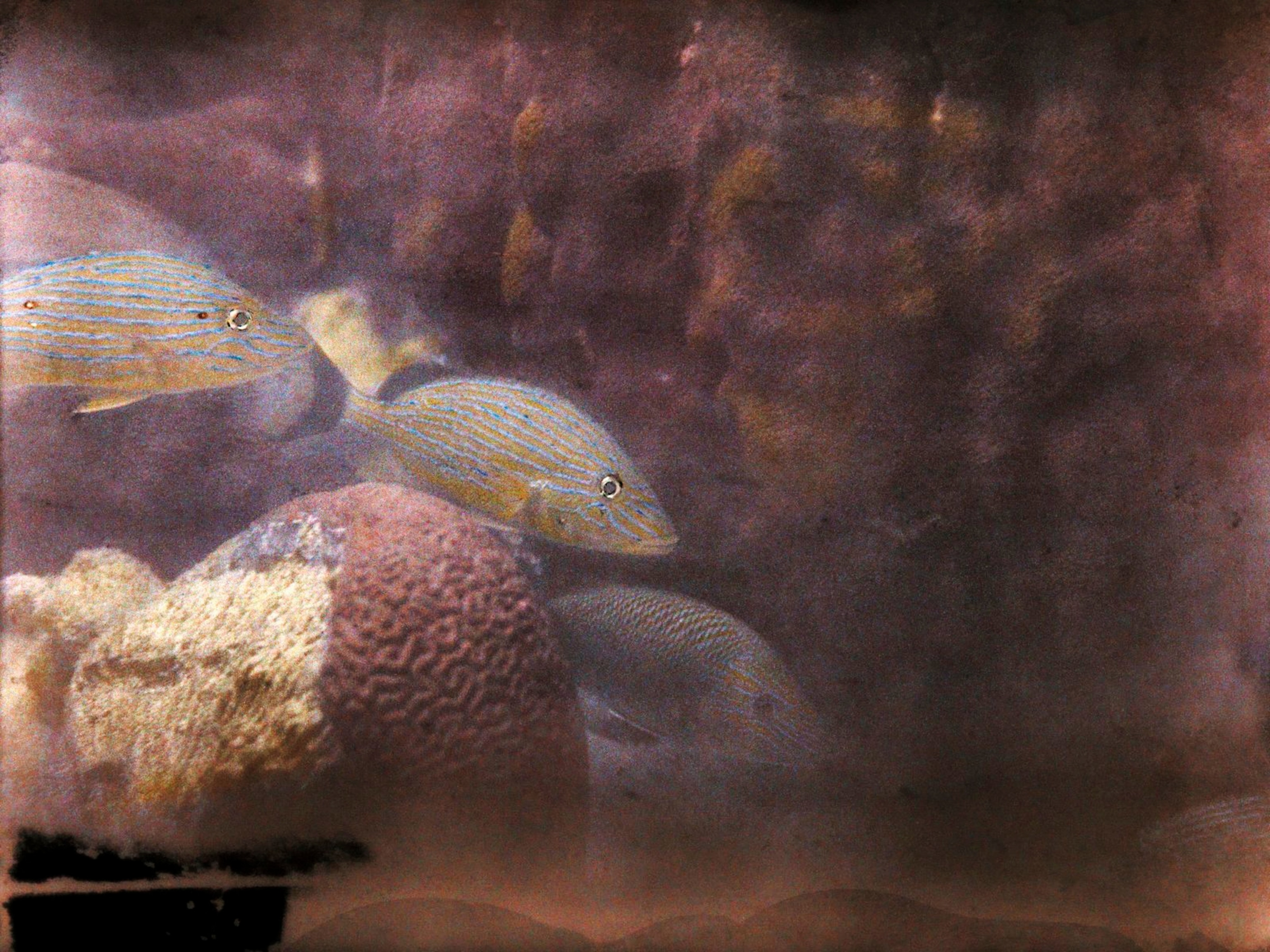
Salt Power: Norway Project Gives Osmotic Energy a Shake
Ocean energy lurks not only in waves and tides, but also in saltiness. A Norway experiment seeks to harness renewable power in saltwater’s natural movement into fresh water.
Few people think of osmosis as a way to help feed the world's hunger for energy. But an experiment under way on a coastal inlet in Norway may help draw attention to the power packed in the salty seas.
Tofte, an hour south of Oslo on the inlet known as Oslofjord, is home to a waterfront cellulose factory and not much else. But for more than three years, Norwegian energy company Statkraft has been rather quietly testing the technology in the world's first osmotic power plant, in a renovated wing of the town's factory.
With a meager two to four kilowatts of capacity, barely enough power to foam a cappuccino, the plant is a decidedly small start. But the Norwegian Center for Renewable Energy (SFFE) pegs the global potential of osmotic power to be about 1,370 terawatt-hours per year, about equivalent to the current electricity consumption of Eastern Europe and Russia combined. (Related Quiz: What You Don't Know About World Energy)
So Statkraft is now seeking to ramp up its work, while researchers around the world are joining in the effort to harness a new form of renewable energy from the saltwater that covers more than 70 percent of the Earth's surface.
Power From Movement
Osmotic power, also known as "salinity gradient" power, relies on a rather basic physical process: diffusion. Salty water molecules tend to move into freshwater nearby. It happens wherever rivers meet the sea, creating energy in the form of heat. Place a semipermeable barrier between the saltwafter and the freshwater, and the diffusion of molecules through the membrane is osmosis.
For decades, reverse osmosis has been used to filter water. Sidney Loeb, the American chemical engineer who is credited with developing a practical reverse osmosis process in the 1950s, later developed a technique for capturing the energy in the rush of saltwater to the freshwater side of a membrane.
Statkraft estimates it spent over ten years and more than 100 million kroner (about $12 million USD) in research funds to help develop one of these techniques, pressure retarded osmosis (PRO), in the prototype facility at Tofte. It's a big investment for a facility that has only enough capacity to operate a coffee machine, but size of output isn't the key metric for researchers at this point. Statkraft views the Tofte experiment as a lab for learning how to capitalize on osmotic power´s huge potential and strong environmental credentials. (Related: "Going 'All The Way' With Renewable Energy?")
Independent experts see the potential. "It´s a very clean process," said Friso Sikkema, senior specialist in power generation and renewables at DNV Kema, a leading research firm in the field based in the Netherlands.
Osmotic power generation is carbon-free, and Statkraft reports that its plant´s main byproduct is brackish water. Questions remain however, concerning future large-scale operations and their effect on salinity levels or how pretreatment processes might impact local marine life.
Bruce Logan, director of the Hydrogen Energy Center and Engineering Energy and Environmental Institute at Penn State University says he is "optimistic osmotic power can play an important role," but cautioned "there´s not enough work going on in terms of developing inexpensive membranes tailored for the process."
Even though membrane technology is still in its early stages, the force currently generated by the experimental process can be significant. With pressures at the Norwegian test site reaching 12 bar on the seawater side, "it's like creating an artificial waterfall of 120 meters" (394 feet), according to Statkraft's head of osmotic power, Stein Erik Skilhagen. In this early-stage experiment, though, the flow of water is more a trickle than a cascade, so power output at Tofte is still small. (Related: "Photos: Preserving Beauty, Providing Hydropower in Scotland")
Interest in the renewable energy source is growing internationally. NASA has been working on osmotic systems for the treatment of wastewater aboard spacecraft, and is now investigating the PRO method with tertiary treatment, or PRO/TT, with the aim of developing technology that can purify water and create energy at the same time.
Hydro-Québec, the largest electricity generator in Canada and the largest producer of hydroelectric power in the world, is partnering with Statkraft on next-stage development of PRO technology. It is looking into the feasibility of osmotic energy along Canada's long coastline.
Japan's Tokyo Institute of Technology opened its Osmotic Power Research Centre in 2010, the year before a devastating earthquake and tsunami crippled the Fukushima Daiichi nuclear plant and led to a rethinking of the nation's energy future. Akihiko Tanioka, the researcher leading the osmotic effort, argues that the flow volume of Japan's rivers contain the potential energy capacity to replace five or six nuclear reactors if osmotic plants were situated where rivers run into the sea.
A Natural Battery
Researchers in the Netherlands are working on an alternative to PRO—reverse electrodialysis, or RED. DNV Kema´s Sikkema said the process, essentially, is "creating a natural battery."
In the RED approach, the osmotic energy of mixing fresh and salt water is captured by directing the solution through an alternating series of positively and negatively charged exchange membranes. The resulting chemical potential difference creates a voltage over each membrane and leads to the production of direct electric energy.
While less developed than PRO, the RED process may eventually become popular for a lower initial cost structure. "PRO calls for complex machinery, chambers and turbines and generators. Economy of scale plays a large role. In our (RED) technology, we produce electricity directly from difference in fresh and saltwater," said Sikkema.
With all the upsides, why isn't osmotic power already warming homes around the world?
Infrastructure for the process is currently very expensive. Statkraft estimates that a PRO plant that can supply power for 30,000 homes would need to be the size of a sports stadium and require 5 million square meters of membrane. Add to that the challenge of creating intake water clean enough to keep from fouling the membranes, and there are some costly hurdles to overcome.
But proponents like Skilhagen point out that the development of osmotic power will follow a curve like that of other green energy sources. "You have to compare it with other renewables: wind, hydro and solar, for example. There is a high level of investment in the beginning, but the technology will mature and become more attractive in future. Osmotic's environmental benefits will make it a useful part of the future low-carbon energy mix if costs can be brought in line with other renewables."
Penn State's Logan says development of inexpensive membrane technology will be key to establishing a realistic price point for osmotic energy.
The next step for Statkraft is to ramp up from the prototype at Tofte to a larger pilot plant that will generate more energy and be connected to the grid. The company has applied for permits to construct a pilot on the west coast of Norway.
Despite his concern about the pace of development of osmotic power membranes, Penn State's Logan is hopeful about Statkraft´s plans, calling them "a really important advance." He added: "With decent research and advances, osmotic power could move forward in a three- to five-year timeframe." (Related Interactive: World Electricity Mix)
This story is part of a special series that explores energy issues. For more, visit The Great Energy Challenge.








